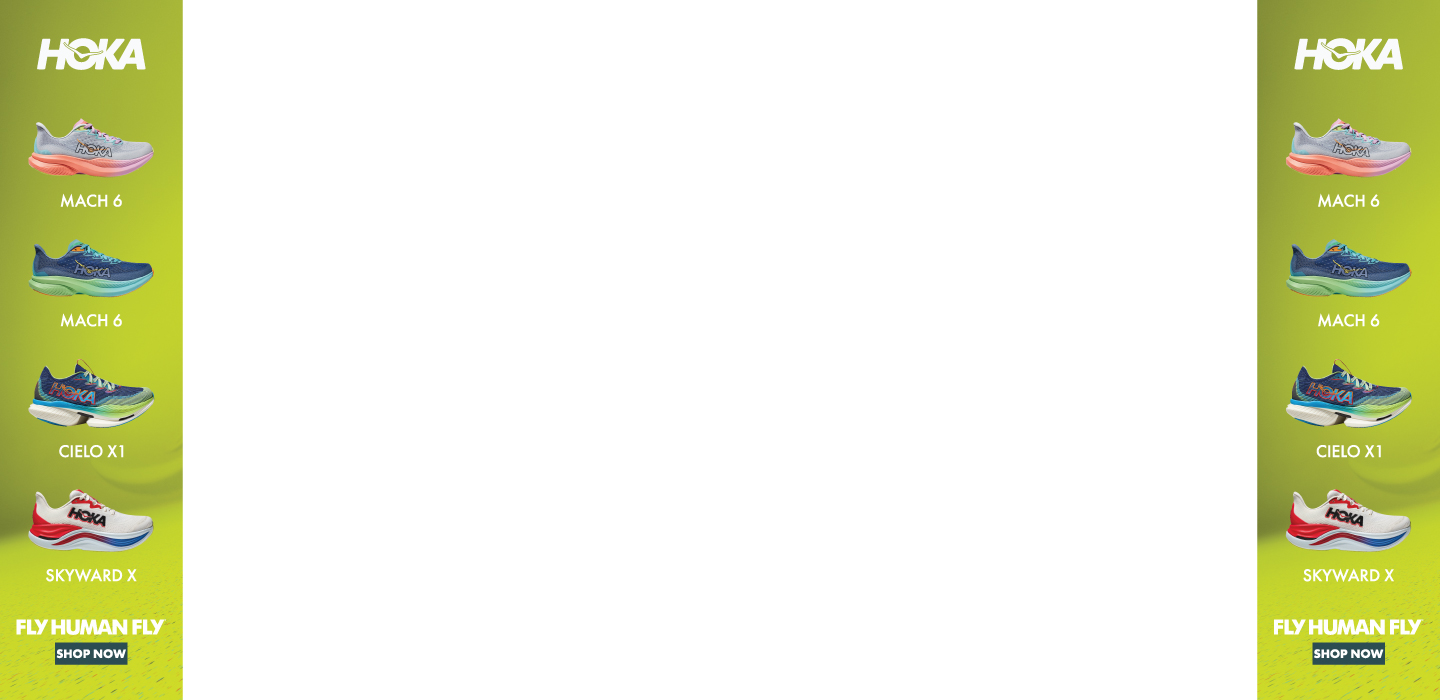What Every Runner Needs To Know About Pronation
Whether you overpronate, underpronate, or your gait is totally normal, here's what it means for your performance.
If you’re a runner who has ever seen a podiatrist or sports medicine doctor, gone to physical therapy, or even just shopped for running shoes, chances are that you’ve heard the term pronation. But what does this mean and how does it affect you as a runner?
What Is Pronation?
Pronation is the inward movement of the foot as it rolls to optimally distribute the force of impact on the ground as you run. With “normal” pronation, the foot “rolls” inward about 15 percent, comes in complete contact with the ground, and can support your body weight without any problem. Pronation is critical to proper shock absorption, and it helps you push off evenly from the ball of the foot at the end of the gait cycle.
RELATED: 5 Signs You Suffer From Under-Pronation (And How To Fix It)
Although pronation is a natural movement of the foot, the size and strength of the runner’s arch can affect the foot’s ability to roll, causing either supination (under-pronation) or over-pronation. Although in the past, running shoes were marketed as a way to counteract your level of pronation and prevent injury, more recent research suggests that shoes chosen simply by which felt the most comfortable were also the most efficient and best at reducing injury. Because of this, the major running brands have since abandoned that strategy and now focus on shoes that feel comfortable to you.
Either way, it’s still important to find running shoes that provide the most comfortable support for your arch and pronation tendencies. Seeking out a gait analysis at a specialty running store can help you figure out what might work for you.
Overpronation
As with the “normal pronation” sequence, with over-pronation, the outside of the heel makes the initial ground contact. However, the foot rolls inward more than the ideal 15 percent. This means the foot and ankle have problems stabilising the body, and shock isn’t absorbed as efficiently. At the end of the gait cycle, the front of the foot pushes off the ground mainly using the big toe and the second toe, which then must do all the work.
Over-pronation causes extra stress and tightness to the muscles, so to prevent it, do a little extra stretching. Too much motion of the foot can cause calluses, bunions, runner’s knee, plantar fasciitis, and Achilles tendinitis.
RELATED: Achilles Tendinitis: Symptoms, Treatment & Prevention
If you’re an over-pronator, you might find that over-the-counter orthotics or arch supports improve your comfort during the run.
Under-pronation (Supination)
Under-pronation (or supination) is when your foot rolls inward after landing. Again, the outside of the heel makes initial contact with the ground, but the inward movement of the foot occurs at less than 15 percent (meaning there is less rolling in than for those with “normal” or “flat” feet). Consequently, forces of impact are concentrated on a smaller area of the foot (the outside part), and are not distributed as efficiently. In the push-off phase, most of the work is done by the smaller toes on the outside of the foot. This places extra stress on the foot, which can lead to iliotibial band syndrome, Achilles tendinitis, and plantar fasciitis.
RELATED: Plantar Fasciitis: Symptoms, Treatment & Exercises
Under-pronating will also cause the outer edge of running shoes to wear sooner. To see if your shoes are unevenly worn, place them on a flat surface. If they tilt outward, supination is the culprit. Runners with high arches and tight Achilles tendons tend to be supinators.
RELATED: Everything You Need to Know About ITB
To prevent supination, you should do extra stretching and strength training for the calves, hamstrings, quads, and iliotibial band. Wearing the right type of running shoes and replacing worn shoes will also help avoid injuries.
READ MORE ON: injury-prevention over-pronation pronate pronation under-pronation



